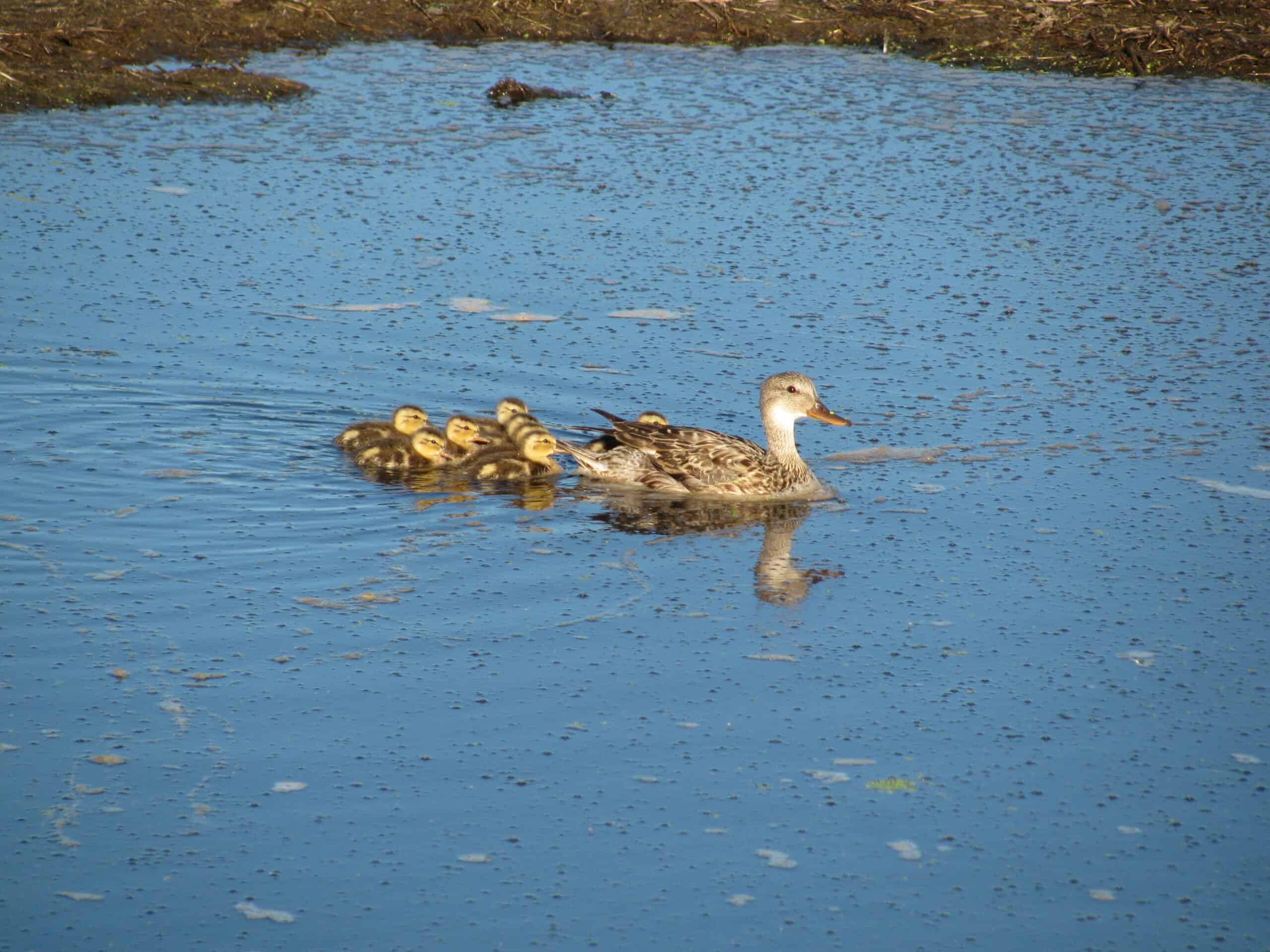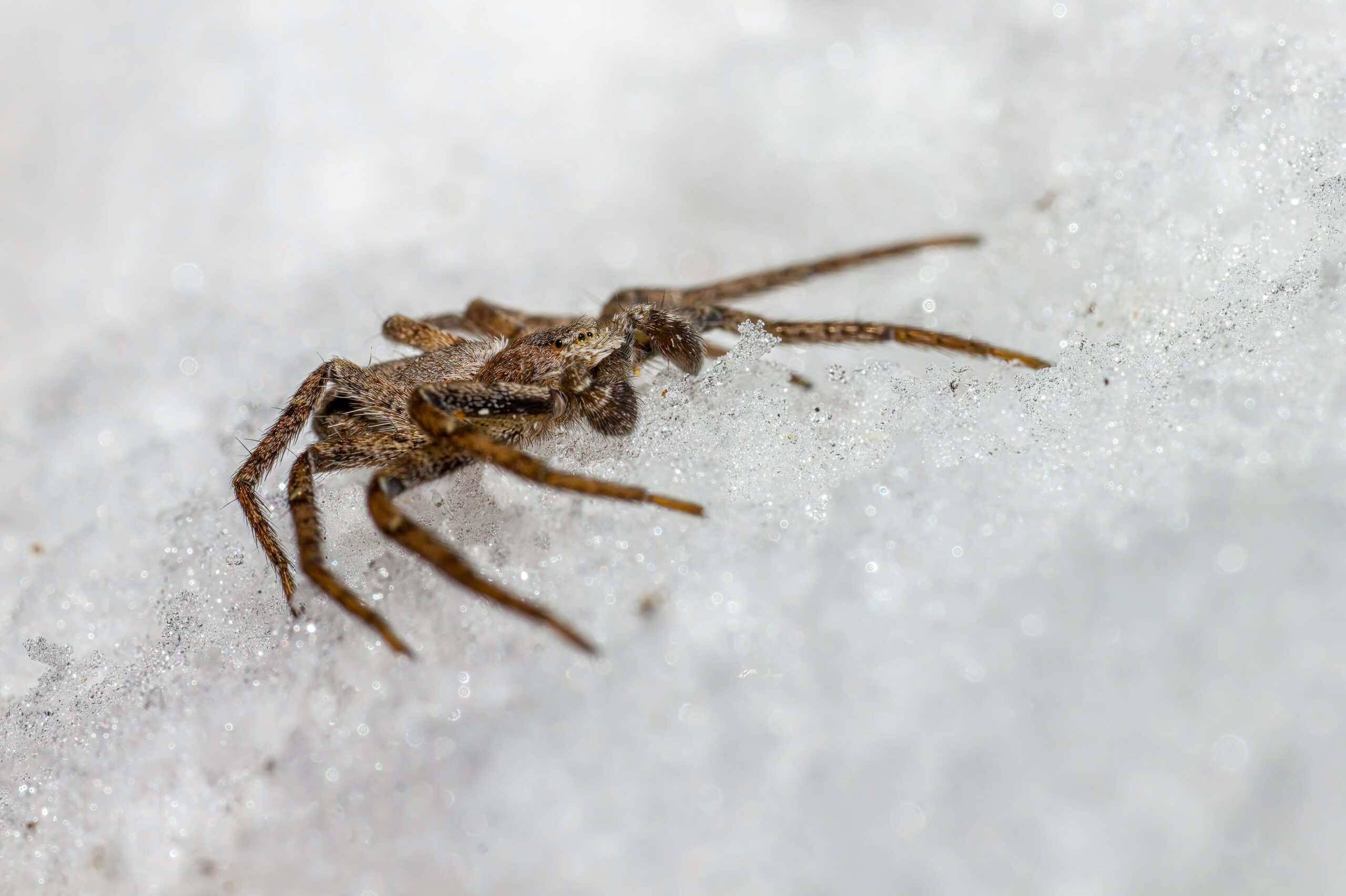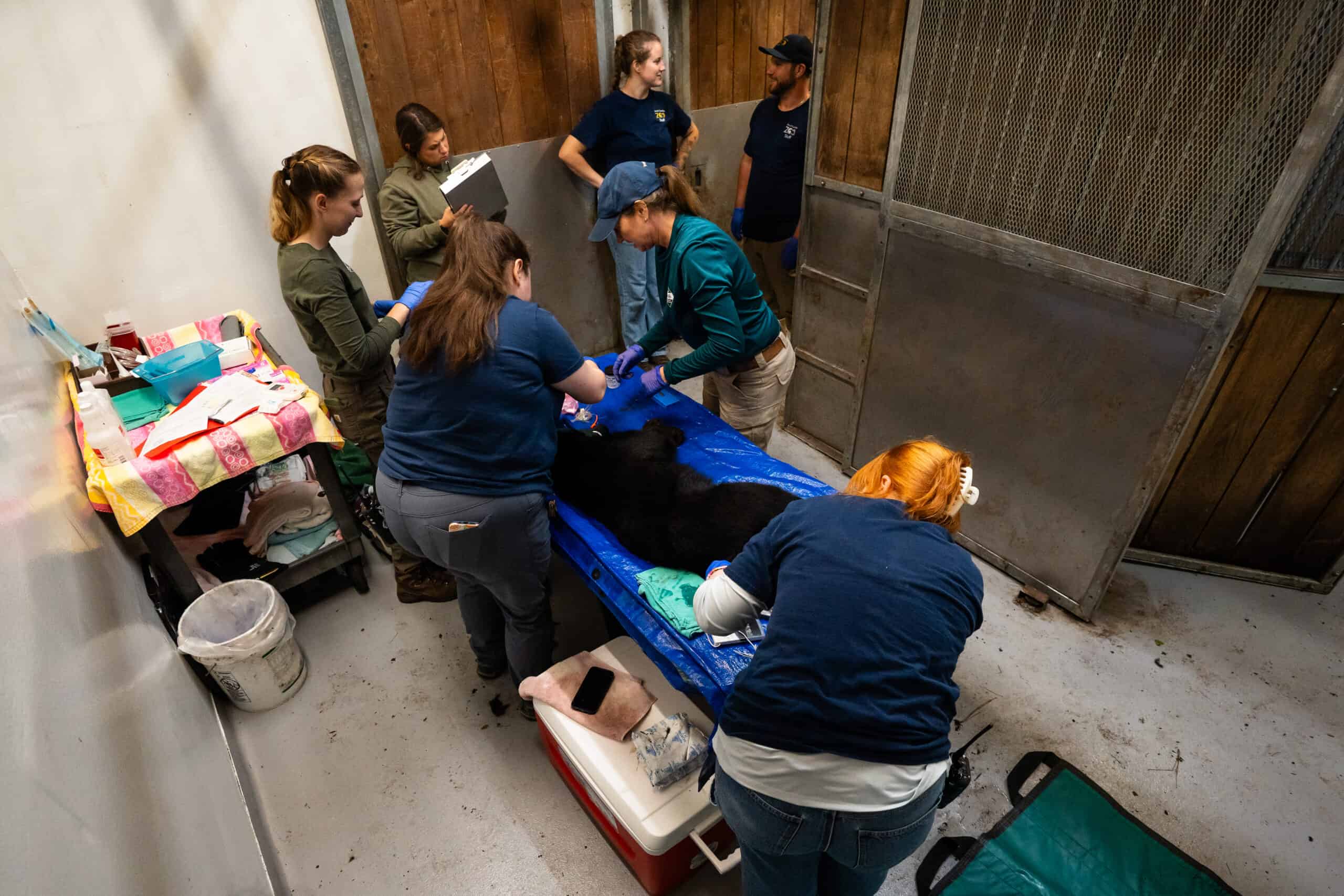Share this article
Students confirm northern saw-whet owl in Newfoundland
Brendan Kelly, a student of the fish and wildlife technical program at the College of the North Atlantic in Newfoundland, has been birdwatching and setting up nest boxes since he was in elementary school.
So it was no surprise when he decided to partner up with another student, Sarah Butt, to put up nest boxes on the west coast of Newfoundland as part of a technical project required by his college. His plan was to attract boreal owls and learn more about their ecology.
But what was surprising was his discovery of a couple much smaller owls in two of their nest boxes in early May. These birds, the size of coffee cups, were northern saw-whet owls (Aegolius acadicus). Kelly and Butt had heard the owl’s call before, and birdwatchers had reported sightings, but the owl, which inhabits much of North America, had never been documented as nesting in the Canadian province.
But there they were. One box had a mother with six eggs. The other had five eggs.
“When we went to check the boxes, it was surreal to see this tiny owl,” Kelly said. “What was more shocking was when we went to the nest box less than a kilometer away, and there was another nesting saw-whet. We were over the moon with the first box, and literally the next one we checked had a saw-whet. It was pretty amazing.”
As part of their project, the two students built nest boxes based on a design used by researchers in Scandinavia to attract boreal owls and covered the boxes in birch bark to resemble a birch tree that would attract owls. They put them up in a variety of landscapes — pure coniferous forest, birch forest, riparian areas and hilltops. When they heard saw-whets, they decided to make the hole sizes in the boxes smaller to attract the species.
After the initial discovery, Kelly returned with officials from the province’s wildlife division to band the seven chicks that hatched — four in one box and three in the other. “If the birds are found in other provinces years down the road, we’ll know which owls are which,” he said.
Kelly thinks the northern saw-whet owls may have started appearing in Newfoundland in the late 1980s when the red-backed vole (Myodes), a source of prey, was accidentally introduced. Soon after, deer mouse (Peromyscus maniculatus), eastern chipmunk (Tamias striatus) and other prey species appeared. Newfoundland only has one native small mammal, the meadow vole (Microtus pennsylvanicus), Kelly said. “With this increased food source, that was the main thing that may have caused saw-whets to make that jump across the gulf,” he said.
Kelly plans to continue setting up nest boxes and maintaining the ones that are already put up. He will soon attend the University of Prince Edward Island to earn a bachelor’s degree in wildlife conservation and hopes to go on to earn his master’s degree.
“I figured out a way to make my hobby into a project,” Kelly said. “I have no intentions of stopping.”
Header Image: A northern saw-whet owl sits in its nest cavity in British Columbia. ©Guy Monty








